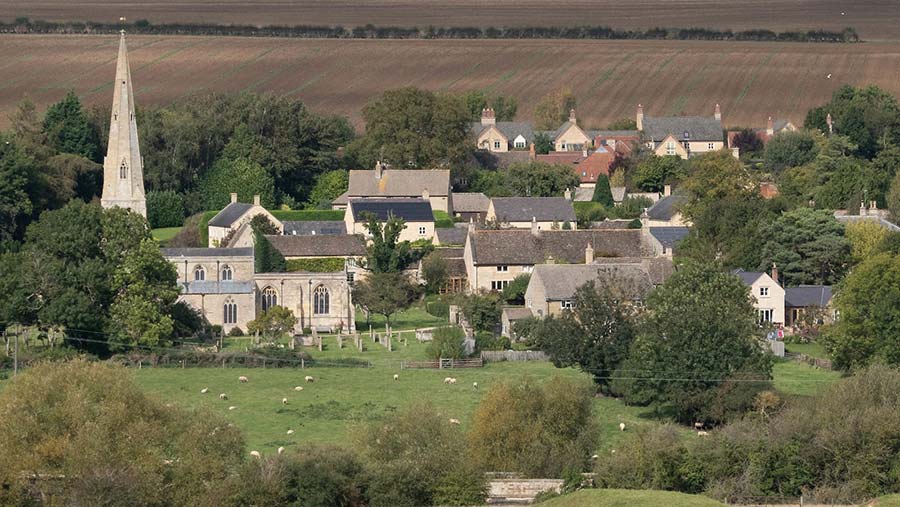Business Clinic: Can I develop on the edge of a village?
 © Tim Scrivener
© Tim Scrivener Whether you have a legal, tax, insurance, management or land issue, Farmers Weekly’s Business Clinic experts can help. Here, Nicola Palfrey of Carter Jonas advises on the prospects for housing on the edge of a village and the impact of planning proposals.
Q. I own some land next to a small village of about 70 houses. No new houses have been built there for some 30 years.
A couple of planning consultants said I wouldn’t get planning permission as there is no bus stop, school or shop. Is this true? One suggested trying for a few self-build projects. Will the new planning white paper help me?
To start with, some context as to why the consultants you spoke to might have thought you would not get planning permission.
First, development in open countryside is not typically permitted, except in certain circumstances defined in your local plan. It is likely that your small village does not have a defined settlement area and therefore the land would be considered as open countryside.
A main concern for development in the open countryside is its unsustainable location. This is where the absence of a bus stop, shop or school comes into play, as it would mean that residents would have to drive to another location.
See also: Business Clinic – should I respond to council’s planning request
Small-scale development is more likely to receive support than a larger scheme in the open countryside on the edge of a village. For residential, major development is defined in the National Planning Policy Framework as development providing 10 or more homes, or where the site is 0.5ha or larger.
If you are proposing a large scheme, I suggest that you wait until your local planning authority makes a call for sites and submit your site at that stage. The likelihood is, however, that you would need to provide some local services within the proposal, such as a shop or school.
Whether the size of the development is enough, with the existing local residents, to make the shop/school viable would need to be assessed.
Regarding whether the white paper will help, this will depend on whether the area around your site would be considered a renewal area or a protected area.
Renewal areas are considered suitable for development. The white paper states that this “would cover existing built areas where smaller scale development is appropriate. It could include…development in rural areas that is not annotated as Growth or Protected areas, such as small sites within or on the edge of villages. There would be a statutory presumption in favour of development being granted for the uses specified as being suitable in each area…”
Protected areas, on the other hand, “would…include areas of open countryside outside of land in Growth or Renewal areas” and are deemed unsuitable for development.
At this stage, we do not know which area your land will fall under and so we need to wait until more detail emerges.
Do you have a question for the panel?
Outline your legal, tax, finance, insurance or farm management question in no more than 350 words and Farmers Weekly will put it to a member of the panel. Please give as much information as possible.
Email your question to FW-Businessclinic@markallengroup.com using the subject line “Business Clinic”.

